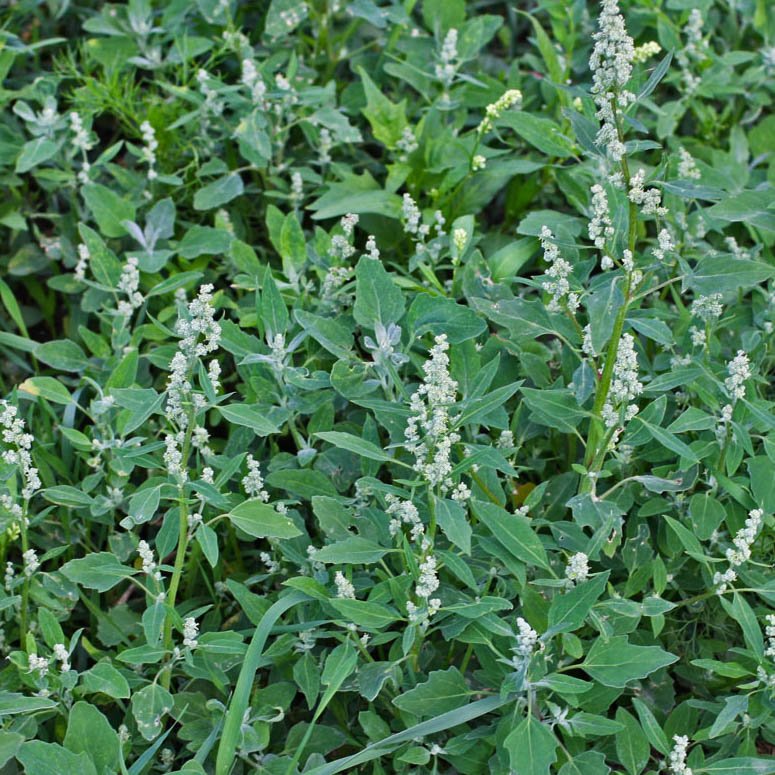Jump to a Section:
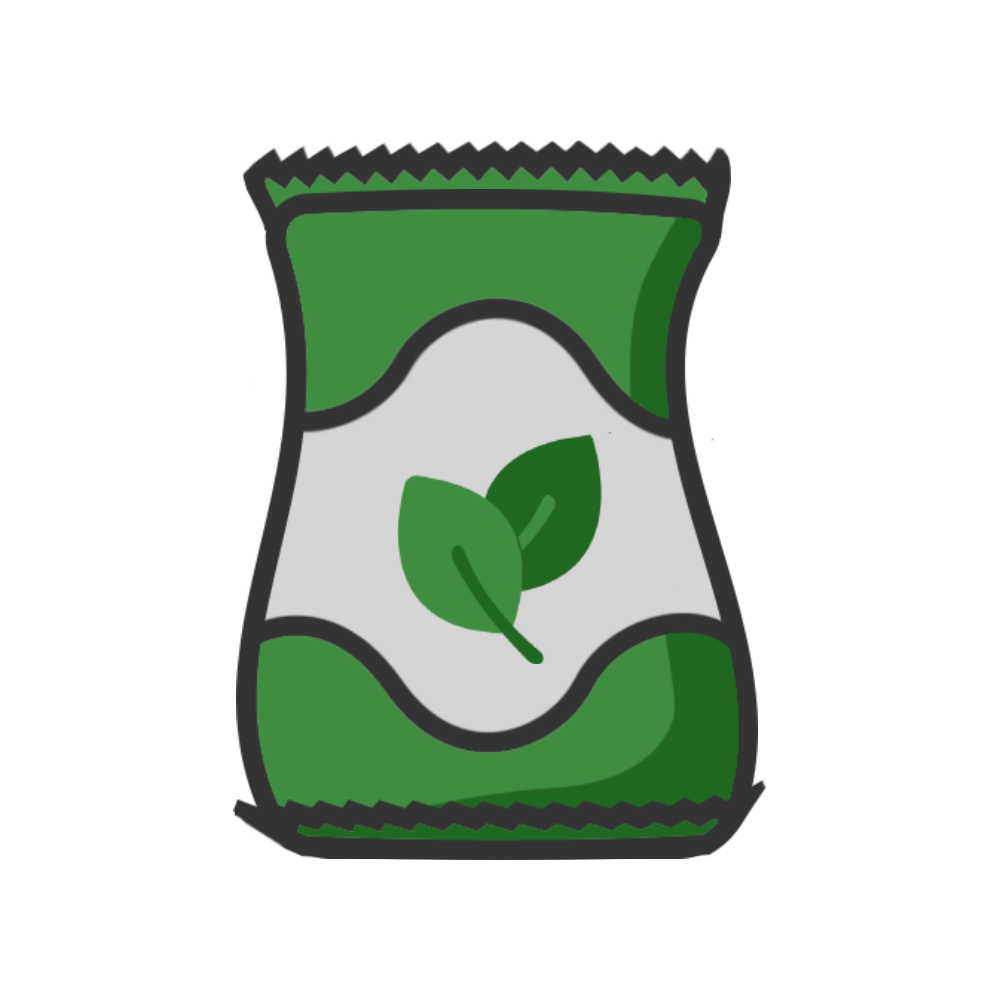
What is Fertilization & Weed Control?
Feeding the grass, fighting the weeds—simple steps that keep your lawn looking its best.
Fertilization and weed control are the core of any solid lawn care plan. One helps your grass grow stronger, the other keeps unwanted plants from taking over.
Fertilization gives your lawn the nutrients it needs to stay healthy—things like nitrogen for color and growth, phosphorus for roots, and potassium for durability. Without these, your grass can thin out, lose its color, and struggle to grow evenly.
Weed control is just what it sounds like—stopping weeds from popping up and spreading. Some products prevent weeds before they sprout, while others target the ones already growing. A good plan uses both, depending on the time of year and the type of lawn.
When done together, fertilizing and controlling weeds give your lawn the best chance to grow thick, green, and even—without having to fight for space, sunlight, or nutrients.
If you’re looking to improve your yard, this is where to start.
Why It Matters
A healthy lawn isn’t just pretty—it’s stronger, greener, and way less patchy.
When you think of lawn care, the first thing that comes to mind might be appearance—lush, green grass that makes your home look great from the curb. But there’s more to it than just looks.
A well-maintained lawn is healthier at its roots. Proper fertilization helps grass grow thick and resilient, while weed control keeps invasive plants from stealing nutrients and space. This combo not only gives your lawn that vibrant color but also strengthens it to handle stress from heat, drought, or heavy foot traffic.
Plus, a dense, healthy lawn acts like nature’s carpet—cooling the area around your home, absorbing rainwater, and even improving air quality. Less mud, fewer bugs, and no bald patches where weeds used to win the battle.
In short? Taking care of your lawn now saves you time, frustration, and money down the road—and gives you a yard you’ll actually want to spend time in.
When to Treat Your Lawn
Timing is key! Different seasons call for different care.

Spring
- Apply pre-emergent weed control (blocks crabgrass and other early weeds)
- Light fertilizer to kickstart growth
- Great time for dethatching and aerating
Early Summer
- Feed your lawn to maintain color and strength
- Spot-treat any weeds that slipped through
- Mow regularly—keep blades sharp and grass a little taller in the heat
Late Summer
- Light fertilization if lawn looks stressed
- Water deeply, but less often for maximum hydration
- Watch for pests or fungus in hot, humid weather
Fall
- Apply a slow-release fertilizer to strengthen roots
- Reseed thin or bare patches
- Final mow before winter—shorter height helps prevent snow mold
- .
Types of Fertilizer
From organic to synthetic, every lawn has a favorite.
When it comes to keeping your lawn healthy, one of the most important things to consider is the type of fertilizer you use. Fertilizers come in two main categories: organic and synthetic. Each has its benefits, so it’s essential to know which one is best for your lawn.
Organic Fertilizer vs Synthetic Fertilizer
Organic Fertilizer
Organic fertilizers are made from natural sources like compost, manure, seaweed, or bone meal. These types of fertilizers are all about building the soil’s health over time, rather than giving a quick boost. The nutrients in organic fertilizers are released slowly, which means they keep feeding your grass for weeks or even months. This slow-release nature helps reduce the risk of over-fertilization and runoff into waterways, making organic fertilizers better for the environment.
In addition to nourishing your lawn, organic fertilizers improve soil structure, making it easier for your grass to take in water and nutrients. They’re also safe for children and pets, making them a great option if you have little ones or furry friends playing outside. However, the downside is that they may take longer to show visible results compared to synthetic fertilizers.
Synthetic Fertilizer
On the other hand, synthetic fertilizers are manufactured through chemical processes and provide an immediate boost of nutrients to your lawn. These fertilizers contain specific ratios of nitrogen (N), phosphorus (P), and potassium (K)—the three primary nutrients your lawn needs. Synthetic fertilizers are incredibly effective at promoting quick growth and vibrant color, making them a go-to choice for homeowners who want fast results.
However, synthetic fertilizers often have a shorter duration of action. They release nutrients quickly, which means your lawn may need additional treatments throughout the season to keep it looking its best. While they’re easy to apply and widely available, they can sometimes harm the environment if over-applied, or if the runoff reaches nearby water sources.
Which One Should You Choose?
The choice between organic and synthetic fertilizer ultimately depends on your lawn’s needs, your goals, and your preferences. If you’re looking for an eco-friendly option that builds long-term soil health, organic fertilizer may be the way to go. But if you’re after fast results with a more immediate visual impact, synthetic fertilizers can do the job.
You might even decide to use a combination of both, applying organic fertilizers for soil improvement and synthetic ones for fast growth. The key is understanding what your lawn needs and making your choice accordingly.
Identifying and Managing Common Lawn Weeds
Weeds come in many shapes and sizes, but spotting them early helps keep your lawn healthy. Learn how to identify common weeds and take action before they take over.
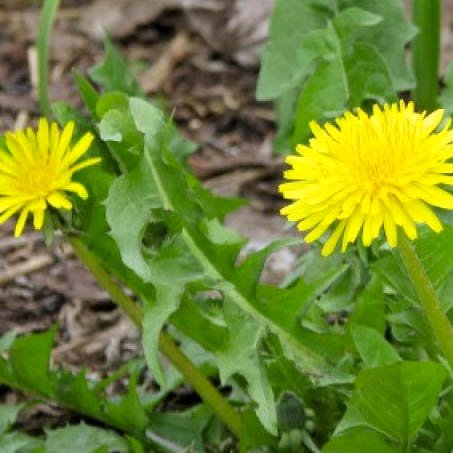
Dandelion (Taraxacum officinale)
- Recognizable by its bright yellow flowers and puffball seed heads.
- Dandelions spread quickly, especially in lawns with bare patches, and can be tough to control if left untreated.
Crabgrass (Digitaria spp.)
- A warm-season annual weed that thrives in hot weather.
- Typically appears in late spring and early summer. It grows low to the ground and can crowd out desirable grass.
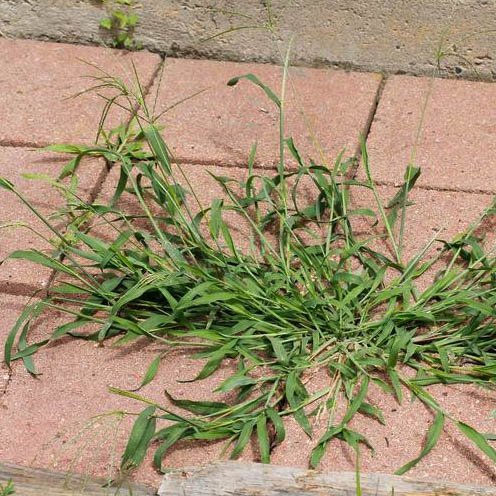
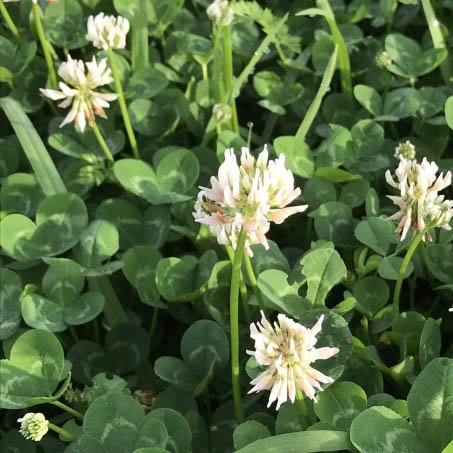
Clover (Trifolium spp.)
- Often found in lawns with low nitrogen levels.
- Has small, round, white, pink, or purple flowers, and spreads easily across the lawn.
Chickweed (Stellaria media)
- A common cool-season weed that germinates in early spring or fall.
- Has small white flowers and grows low to the ground, forming dense mats that crowd out grass.
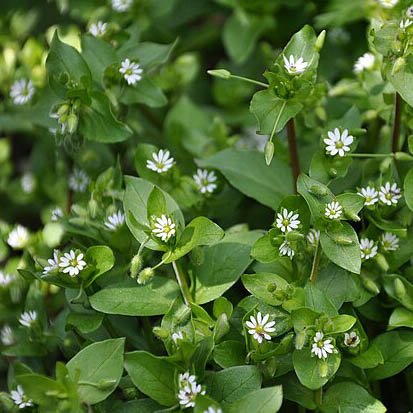
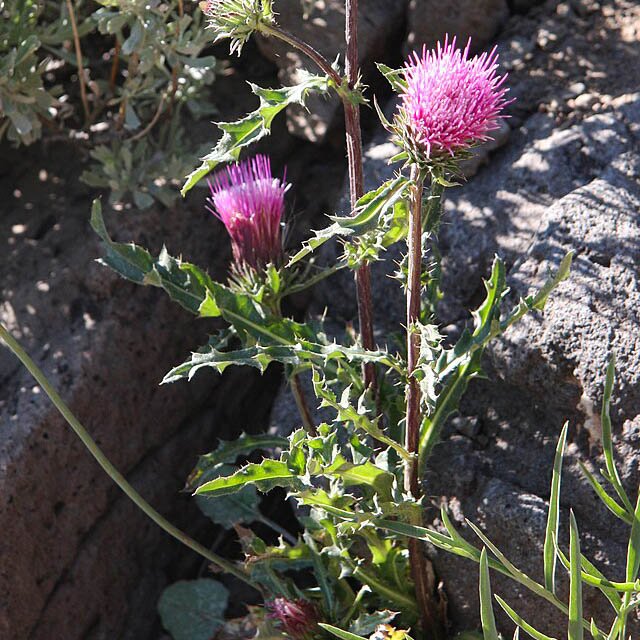
Thistle (Cirsium spp.)
- Recognizable by its prickly leaves and purple, spiky flowers.
- Thistles can become large, invasive plants and are hard to control once established.
Plantain (Plantago spp.)
- Has broad, oval leaves and long flower stalks.
- Often grows in compacted, poorly-drained soils and can be difficult to remove by hand.

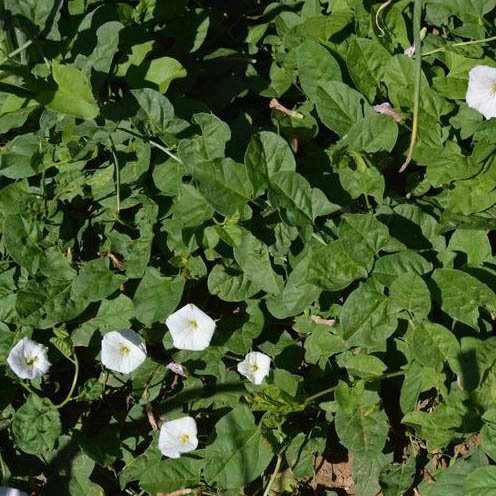
Bindweed (Convolvulus arvensis)
- A fast-growing, vine-like weed with white or pink trumpet-shaped flowers.
- It can smother grass and other plants quickly if not controlled.
Yellow Nutsedge (Cyperus esculentus)
- A grass-like weed that grows in clumps and thrives in moist areas.
- Has triangular stems and yellow-green leaves, and can be difficult to control due to its deep roots.
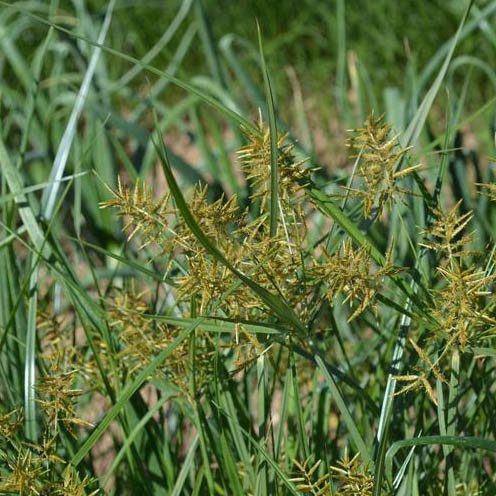
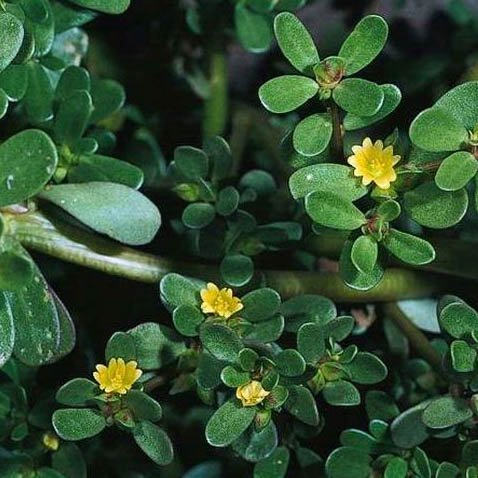
Purslane (Portulaca oleracea)
- Known for its succulent, red stems and small, fleshy leaves.
- It spreads quickly and can be found in lawns, gardens, and walkways.
White Goosefoot (Chenopodium album)
- A fast-growing weed with broad, triangular leaves.
- Often found in nutrient-rich soils and can quickly take over a lawn if not managed early.
